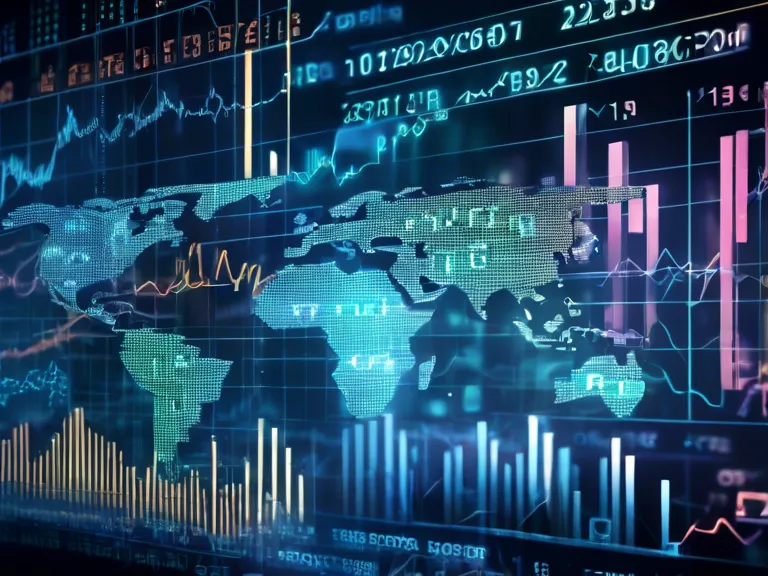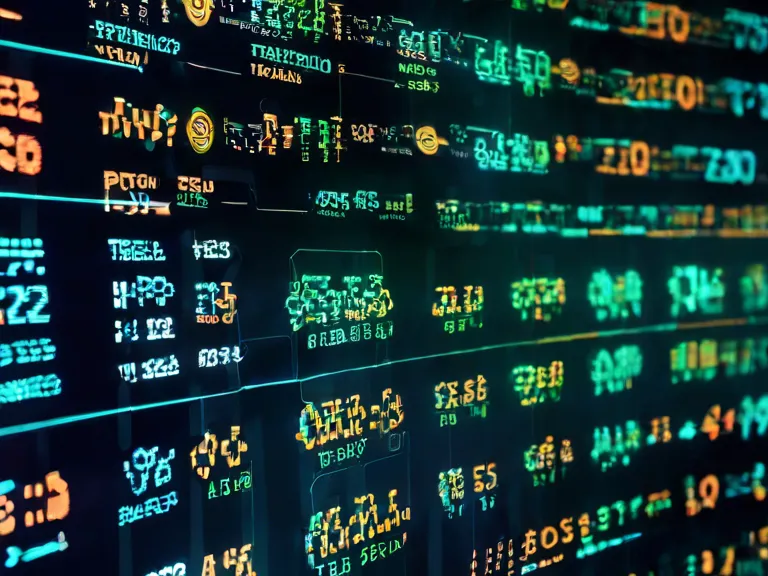
Over the past few decades, trading algorithms have transformed the way financial markets operate. The advancement of technology has allowed for faster and more efficient trading, giving rise to a new era of algorithmic trading. In this article, we will explore some of the recent advances in trading algorithms and how technology is shaping financial markets.
One of the major advancements in trading algorithms is the use of artificial intelligence (AI) and machine learning. These technologies allow algorithms to analyze massive amounts of data in real-time and make more accurate trading decisions. AI-driven trading algorithms can adapt to changing market conditions and learn from past performance, improving their effectiveness over time.
Another key development in trading algorithms is the use of high-frequency trading (HFT) strategies. HFT algorithms can execute trades in a fraction of a second, taking advantage of small price differences across different markets. This has led to increased liquidity in financial markets but has also raised concerns about market manipulation and instability.
Blockchain technology has also made its way into trading algorithms, offering increased transparency and security. By using blockchain, trading algorithms can securely record transactions and verify the authenticity of trades, reducing the risk of fraud and errors in the financial markets.
The rise of robo-advisors is another significant trend in trading algorithms. These automated investment platforms use algorithms to create and manage investment portfolios for clients. Robo-advisors offer lower fees and personalized investment strategies, making investing more accessible to a wider range of investors.
Overall, the recent advances in trading algorithms demonstrate the powerful impact of technology on financial markets. As algorithms become more sophisticated and automated, they are reshaping the way trades are executed and investments are managed. It will be interesting to see how these technologies continue to evolve and shape the future of finance.


